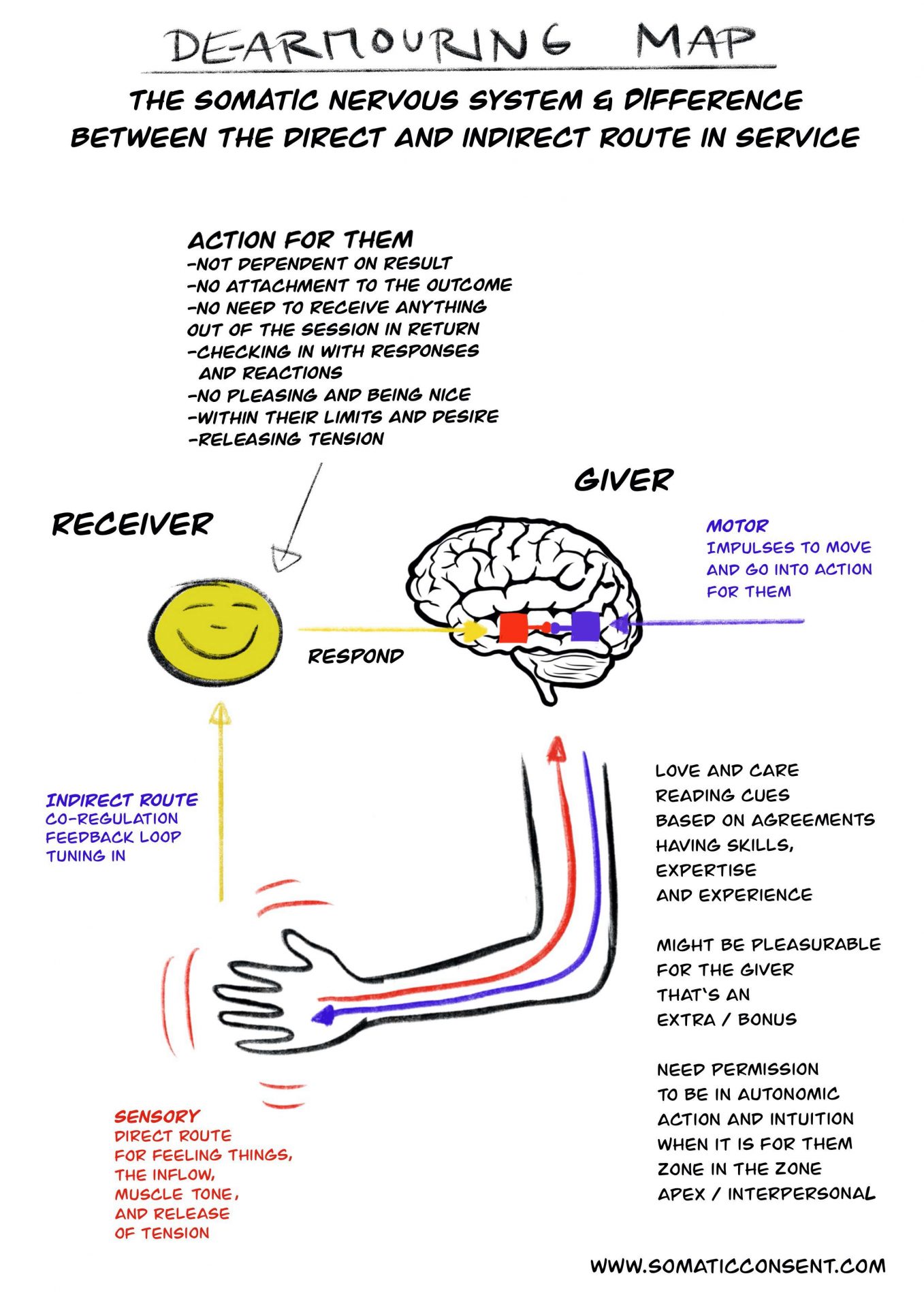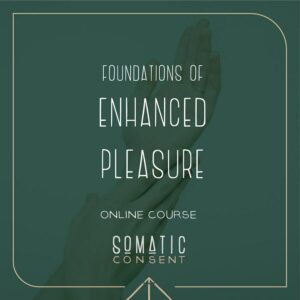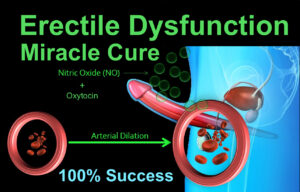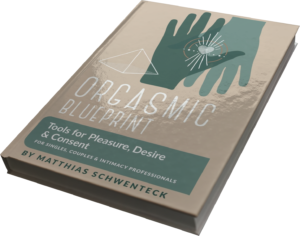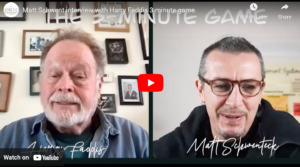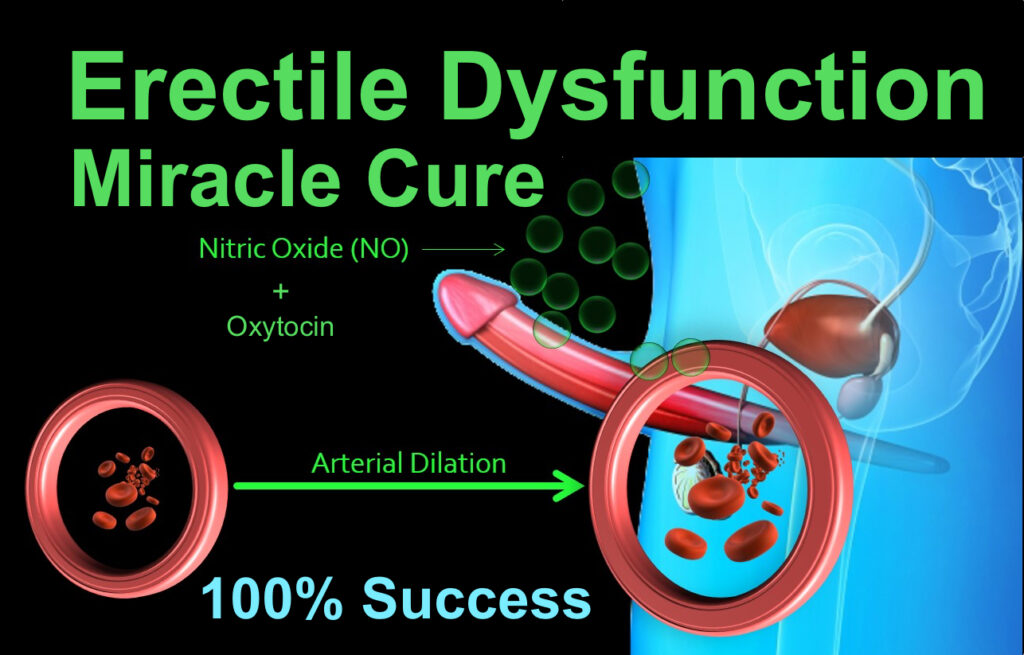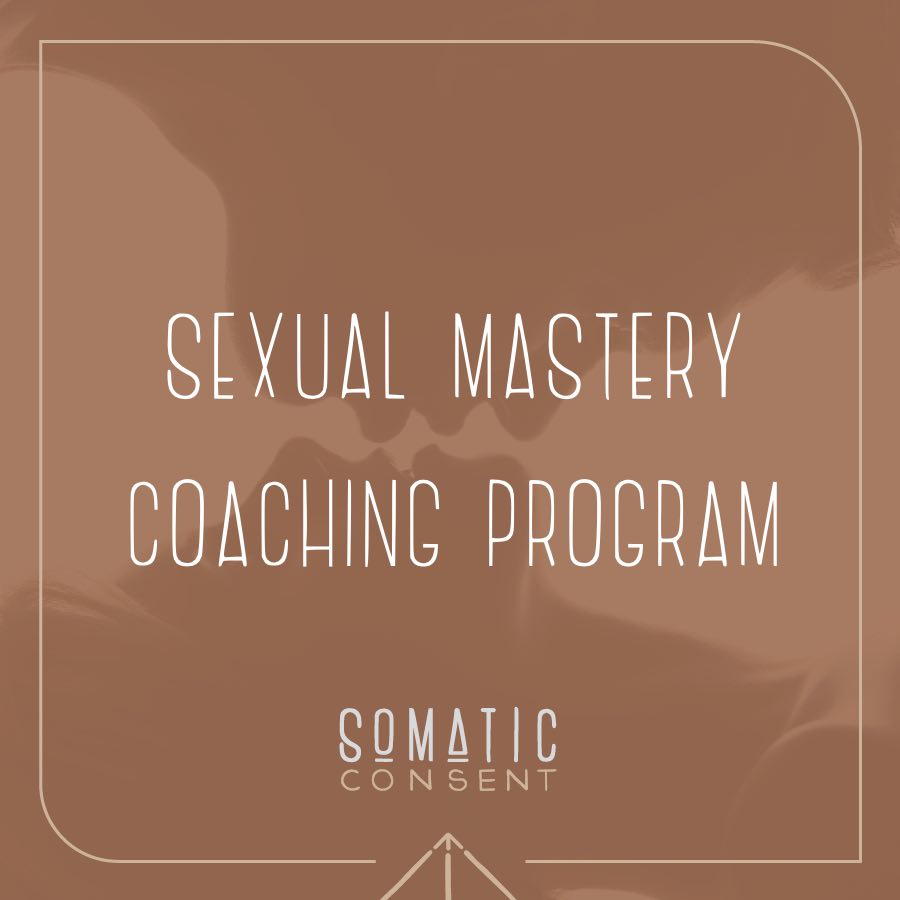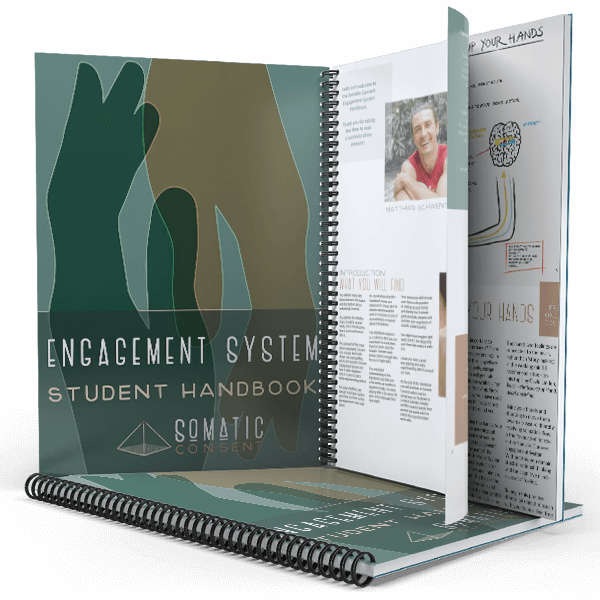The difference between trauma release and re-traumatisation
Request a —> Free Professional Mastery Call<— for your unique inquiry.
“What is armor after all but a cage that moves with you? – Rebecca Solnit
De-armouring transforms the contraction and holding patterns we carry within us. The ‘armour’ is a result of blockages created over time by stress, thought-patterns, social programming, repressed emotion and trauma. Although this armour can desensitise our experience of life, it is there for a reason. It developed to protect us. By bringing awareness to the armour, we can take away the physical ‘shield’ and consciously choose to release it if it isn’t necessary. This ‘releasing’ is the de-armouring process. With the release of these blockages, we come into contraction with a deeper capacity to feel pleasure and joy. De-armouring can be both external and internal, both physical, psychological and emotional.
In the early 1900s, Wilheim Reich, an Austrian psychoanalyst and Doctor of Medicine, worked with the ‘armour’ (physical protection shields) that people’s systems build within their bodies for survival. When the ventral vagus and social engagement switches off due to a sense of threat or danger, it triggers the nervous system to function on the unsafe side in ‘survival mode’ (fight/flight). Due to fight and flight responses during traumatic experience, tension or ‘armour’ is created in various parts of the body. This can lead to dysfunction of the nervous system and inability to relax.
The side effect of living in constant fear and self-protection can then trigger parasympathetic dorsal vagal shutdown. People can feel numb, lethargic and fatigued. In such situations, the noticing and feeling part of the brain (which is aware of impulses within the body, as well as the working mind’s thought process) is switched off. This means that conscious decisions can’t be made. The person may feel stuck or ‘frozen’ in some way. This can affect selected areas of the body where muscular holding patterns occur as physical defence mechanisms—due to the nervous system’s need to shut off and protect from feeling chronic physical or emotional pain.
This can manifest differently in different people. When under psychological stress, the Psoas muscle, as a core muscle, informs other muscles to be in constant readiness for fight or flight. Tension can result in different areas of the body. Examples are the pelvic area, in the jaw due to clenching, pain around the diaphragm due to contraction from holding the breath, stiff trapezius muscles in the neck and shoulders, around the eyes causing tension headaches and contraction in the throat known as cricopharyngeal spasm.
When people come to a session, I usually recommend the waking up the hands exercise as the first step so as to bring awareness to their sensory inflow—however, some people’s nervous systems are so dysregulated and numb that they find it difficult to feel much at all. In cases like this, I sometimes offer the Psoas release mechanism first (also known as TRE). As mentioned in the Polyvagal Theory section, this is done through gentle shaking and prompts the nervous system to discharge long-held tension or unconscious muscle contraction in the Psoas and other muscles in the body.
I recommend Bessel van der Kolk’s book, The Body Keeps the Score for anybody interested in getting a detailed understanding about how trauma is created within the physical body. This book is a medical and psychological must for anyone working with people, especially hands-on practitioners.
De-armouring physical protection shields
“Fear is excitement without the breath.” – Fritz Perls
We’re unable to de-armour ourselves for the same reason we can’t tickle ourselves.* Research at University College London shows this is because a part of the brain called the cerebellum predicts sensations when your own movement causes them—but not when someone else does. This prediction cancels the brain’s response to the stimulus. Responses to actions that could cause us pain are also inhibited—this is the reason we usually need someone else to work with us during de-armouring.
Osho communities began to work with this phenomena in the 70s, using often intrusive massage techniques that were meant to push through these mechanisms. Later these techniques were largely reassessed through a deeper understanding of trauma and the nervous system—acknowledging the fact that de-armouring cannot occur as a ‘treatment’ (which could lead to re-traumatisation). Instead, co-creation, a collaboration between the client and practitioner is necessary—as well as rapport, connection and a safe container to practice within.*
In around 2010, de-armouring became popular within the tantra scene. This unfortunately occurred without many practitioners fully understanding nervous system dysfunction caused by trauma or creating the required need of safety. As in the past, these early tantra de-armouring practitioners often believed they could heal by causing and ‘pushing through’ pain.
De-armouring is ‘bodywork-art’—a combination of the art of facilitation and bodywork. The gift of power here is a two-edged sword that can either transform and liberate or the opposite—trigger core wounds and trauma. Of utmost importance in this practice is;
1) The practitioner never pushes.
2) The practitioner is aware when the client pushes.
It is the art of inviting the client to find their pull towards the edges of their tolerance for their growth—so that they can follow the flow of their body’s intelligence. At the same time, the practitioner is consistently aware that any action of theirs is for the client’s benefit.
The De-armouring Map for practitioners is a very important map when it comes to bodywork, especially in regard to spiritual transformation.
A de-armouring practitioner must maintain a highly evolved state of being, where the noticing brain is constantly activated. This enables the practitioner to hold space for another person for up to three hours—during which any engagement is consistently for the client (for them).
The client comes to a de-armouring session because they have the desire to release tension out of their body—and therefore to release patterns of thought and behaviour that don’t serve them any longer. These can be based on shame, embarrassment, frustration, pain, fear, anger and so on.
In 2010, I met a midwife called Silja Rehfeld, who worked with pregnant women, de-armouring cervical tissue to create expansion and enable ecstatic births. She had exceptional results. We then worked together offering the release of inner genital tension and points of pain, so that they could have orgasmic expansion in the uterus without giving birth.
This theory goes hand in hand with the Procreation Map—and the understanding that women, specifically when it comes to sexual encounter, have learned to clench their muscles to ‘feel more’. As any good sexual therapist knows, when this happens there is no possibility of relaxation, softening, expansion and surrender. Sex is purely goal oriented towards climax.
Orgasmic expansion with your entire body is only possible if holding patterns and muscle contraction is released, otherwise the body can’t conduct sexual energy. De-armouring the cervix helps to release old patterns, whether physical, psychological or emotional, so that feeling on a deeper level is possible. Sexual energy can then lead to a high level of transformation which occurs due to the release of melatonin, serotonin, oxytocin, dopamine and endorphins in the state of immobilisation and surrender—which cross the blood-brain barrier. This cocktail prompts the release of DMT.
In 2015 I initiated a practitioner to this kind of de-armouring. The beginning of a sexual empowerment movement called Self:Cervix.
De-armouring essentials for practitioners
Each practitioner working with de-armouring the genitals must have a high level of integrity, assessment protocols, somatic embodiment and fully understand the nature of consent.
A professional practitioner educates others to see how far they
want to—and can—dig into themselves.
Embodiment of the Direct Route
When it comes to touch and connection, before we can tune into someone else’s story and understand their body’s physical expression (their nervous system response and muscle tone), we have to know our own. It is crucial that a professional bodyworker or practitioner—especially one working on a sexual level—is fully embodied in the Direct Route. This is the foundation and default for a practitioner—enabling us to gift our power in full integrity in order for our clients to empower themselves.
Why is it so crucial? Because by being highly aware of our own somatic experience, we can be one hundred percent clear—in every given moment—that the action is for the client. When we are this clear about our own needs and desires, we don’t get them confused with those of our clients and end up unconsciously engaging with our shadows by going into action for ourselves at the somatic level.
If body awareness of our own sensory inflow isn’t activated, despite our good intentions, we more than likely go into action to get a response. This compromises our level of expertise—and can cause harm. There can also be a risk that the practitioner isn’t able to ‘feel’ whether the client is pretending, performing or unable to access their deepest capacity.
With awareness of sensory inflow, we are easily able to put our own needs and desires aside—integrating our embodied learning with other professional skills.
Embodiment of Base
Request a —> Free Professional Mastery Call<— for your unique inquiry.
A practitioner can only guide another person as deeply as they’ve gone themselves, having understood and integrated their own personal shadows, suppressed feelings and emotions. With this level of embodied expertise, we can use the Indirect Route with the skill and capability required to read neurological and energetic cues in the client’s nervous system response.
Only when the practitioner has somatic embodiment of the Direct Route can they have complete clarity on the Indirect Route and its associated shadow dynamics (doing something to get a response). When the two separate routes are known, they can be utilised in unison to guide a client to the place they desire to be. This is where intuition, empathy and compassion come into play.
Embodiment of the Engagement Zones
De-armouring can only work if there is a connection between the practitioner and client and a clear container is upheld where the client feels safe. Connection and safety is established through permission and agreements. Agreements occur when the practitioner has fully embodied the Engagement Zones, communication is transparent and they are in full service to the client.
It is not only necessary to know what the client wants; it is essential that the practitioner knows the client’s limits.
What the client is willing to experience during the session, based on their intentional desire to release suppressed emotions, body tension and/or false beliefs.
Where the client is not willing to go, i.e. beyond the edges of the learning zone outside their personal Window of Tolerance.
In other words, it’s crucial to know what the client longs for and which boundaries they do not want crossing. Just like going to the dentist when you have a toothache, it may not exactly be a pleasant experience—however—are you willing to allow some discomfort to occur? Yes? How much? While the dentist is drilling in your mouth, does it feel like you’re going along with something that you don’t actually want? Yes? Do you feel the signs of shutdown? Yes? In the bigger picture the dentist is doing their best to do what you want—to relieve your toothache. And only the person sitting in the dentist’s chair knows what they are willing to go through in order to heal.
De-armouring isn’t always an uncomfortable experience.
Some de-armouring methods include the use of pleasure. In these cases, whenever shame comes up, the practitioner helps to remove the fear of being ‘wrong’, so that instead, joy can be felt in the experience of its release.
The practitioner, as the giver, must also have exceptional clarity on their own boundaries and be well trained with expertise gained both from working with clients and from their own personal experience.
Practice from the interpersonal space at the Apex
The practitioner’s action is not dependent on a result. There is no goal, no attachment or need to push or force the client into a specific state. The work comes from a pure and unconditional offering where there is absolutely no need to receive anything in return (except of course payment for your time and skills). During a session, you are in full service with your action as a gift.
Discomfort can be caused by deep emotional tension and isn’t always necessarily related to pain. When it comes to de-armouring, the client often doesn’t know exactly what it is they want. Naturally, what we don’t know, we can’t ask for. As practitioners at the Apex, we can use our gifts of power and attunement to aid transformation. In these cases, your action may not be based on the client asking you to do each little step. Your action instead comes from a place of integrity based on the permission you got to touch them (clarified at the beginning of the session).
It’s extremely important that the client understands and gives permission for you to be in your own impulses of action. When you are given permission to do this at the start of the session, check in often during the session to see if it’s still what your client wants. “Would you like me to touch you here to see how that feels?” “Would you like me to continue?” “Would you like to have more or less pressure?” and so on.
The difference between the direct/indirect pleasure map
and the de-armouring map for practitioners
The idea for the De-armouring Map came to me while teaching assessment tools and consent protocols for practitioners at a de-armouring training. I was watching a demonstration being given by the main teacher and suddenly realised that he was utilising his Direct Route to feel the tension in the person’s body he was demonstrating with and simultaneously using the Indirect Route to fully tune into any physical and neurological cues—while being one hundred percent in service for this person’s benefit.
If we look at the Direct/Indirect Pleasure Map, the arm image represents ‘the doer’. The purple arrow shows that the person is going into action (doing something). The green arrow represents the inflow of the Direct Route which is the awareness of sensed stimuli transmitted to the brain from this action. When the Direct Route is embodied, the other person’s response (the smiling face of the Indirect Route) is just a bonus from the action. When we are tuned into the inflow of sensations, we don’t need or become dependent on the other person’s response.
If we look at the De-armouring Map, we see a similar image to the Direct/Indirect Route Map—with an important difference. The person in action is the giver, and the person they are doing it to is the receiver. The purple arrow in this case represents who it is for.
The Indirect Route isn’t wrong or bad. When we touch a lover, the Indirect Route is secondary, a bonus extra on top of the direct experience.
In terms of service and bodywork, the Indirect Route is utilised to check that we’re on the right track with the action we perform for them. It helps us to ensure that our action is always for the benefit of the client. It helps the practitioner to know that they are providing what the other person wants. As practitioners, we use the Indirect Route to read cues and responses as well as to be aware of neurological changes and energy shifts. Utilising the Indirect Route is a vital practitioner skill. Just like having an antenna, it helps us to finely tune into someone else’s response—to be attuned to someone else’s neurophysiology, mindset, gestures, expression, speech, emotions and defence mechanisms.
The Direct Route of inflow is equally necessary. A good practitioner is so in tune with their sense of touch that they can soften tissue and release tension—enabling relaxation without causing pain or shut down. They can also enjoy what they offer, which results in the client feeling a deep sense of safety and trust.
De-armouring is therefore based on a combination of deep understanding and awareness of both the Direct and Indirect Route. In essence, both routes are a moment-to-moment feedback loop of responses and reactions—of neurological expressions of the nervous system, muscle tone and gesture—which enable the practitioner to physically and intuitively feel where the client is at—and to consistently ensure that any action whatsoever is in attunement with them, for them.
Request a —> Free Professional Mastery Call<— for your unique inquiry.
Read more:
‘Cave of Brahma’ The Cerebrospinal Fluid and the Fluid Nature of Consciousness
The Cerebrospinal Fluid and the Fluid Nature of Consciousness
The Art of Being You
The most effective way to master
Pleasure, Desire & Communication

